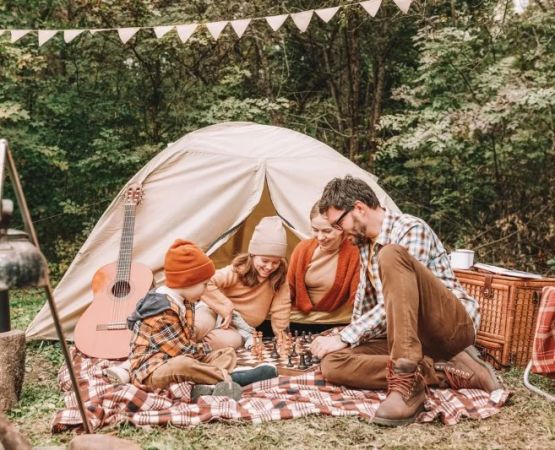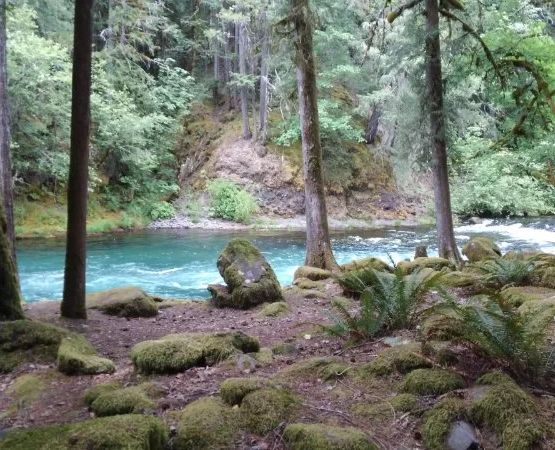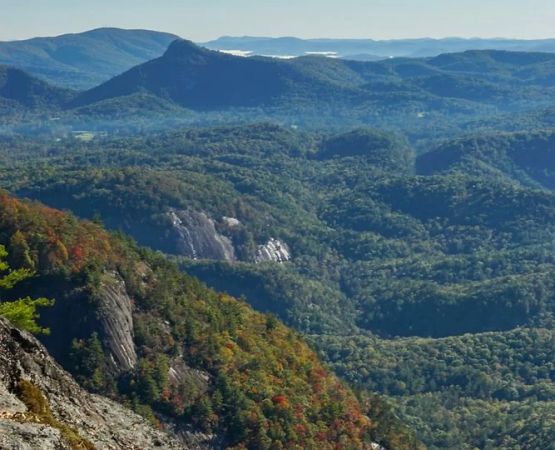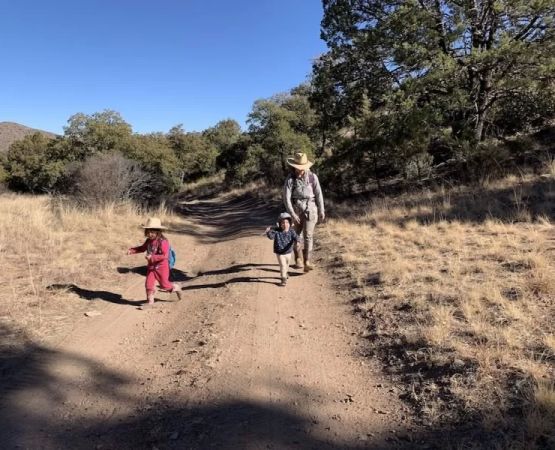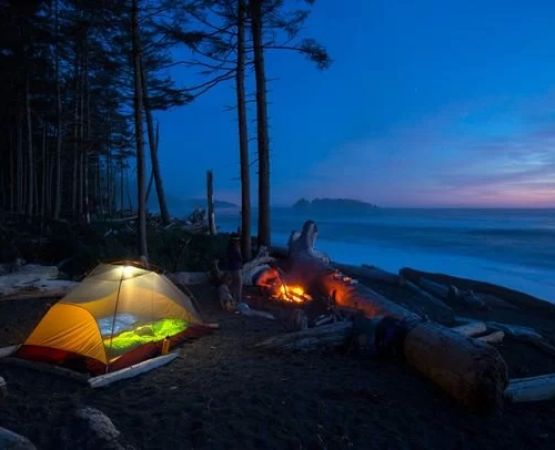- 1 - What Leave No Trace Means for Day Hikers - #leave-no-trace-meaning
- 2 - Planning Ahead and Preparing for Low Impact - #planning-and-preparation
- 3 - Staying on Trails and Protecting Natural Spaces - #trails-and-nature
- 4 - Managing Waste Responsibly on Short Hikes - #waste-management
- 5 - Respecting Wildlife and Local Communities - #wildlife-and-communities
- 6 - Real Stories of Success and Mistakes - #real-stories
- 7 - How Pine Cliff Resort Encourages Leave No Trace - #pine-cliff-resort
1 - What Leave No Trace Means for Day Hikers
Understanding Leave No Trace for day hikers is not just about following rules—it is about ensuring that the places we love remain beautiful and accessible for everyone. The Leave No Trace (LNT) principles were originally developed to guide campers and backpackers, but they apply equally, if not more critically, to day hikers, who make up the largest group of trail users in the U.S. The simple idea is that every footprint, snack wrapper, or shortcut has a lasting impact. By learning these principles, day hikers can balance recreation with stewardship and contribute to healthier trails and ecosystems.
Why this matters for day hikes
Unlike extended backcountry trips, day hikes often attract larger crowds and families. This concentrated traffic means that even small oversights—like leaving orange peels or stepping off-trail—quickly add up. In popular parks, a single season of careless behavior can create erosion, disturb wildlife, and diminish the natural experience for future visitors.
2 - Planning Ahead and Preparing for Low Impact
Good stewardship begins before your boots hit the dirt. Planning ahead is the first step in understanding Leave No Trace for day hikers. Choose a trail suitable for your group’s skill level, check weather conditions, and pack essentials. Bring reusable water bottles, snacks in sealed containers, and a small trash bag so nothing is left behind. The principle of preparedness prevents both emergencies and environmental harm.
Case in point
In Colorado’s Front Range, a surge of new hikers in recent years led to piles of discarded water bottles and masks along trails. Rangers repeatedly emphasized that a five-minute packing check—such as carrying a lightweight stuff sack for trash—would have prevented the issue entirely. Being prepared is a low-effort, high-impact habit.
3 - Staying on Trails and Protecting Natural Spaces
One of the simplest but most ignored principles is: stay on designated trails. Shortcutting switchbacks or walking around mud puddles damages fragile vegetation and widens paths unnecessarily. For day hikers, the temptation to “just step off for a minute” is strong, but consistent off-trail detours multiply into lasting scars on the landscape.
Personal reflection
During a spring visit to Shenandoah National Park, I watched two hikers walk off-trail to get a better photo angle. That small detour created a visible “social trail” that dozens of people later followed, carving a new line through sensitive plants. It was a sharp reminder that every step sets an example, whether positive or negative.
4 - Managing Waste Responsibly on Short Hikes
“Pack it in, pack it out” is perhaps the most famous LNT principle. For day hikers, this means carrying out not only obvious litter but also seemingly harmless items like fruit peels, nut shells, or tissues. Wildlife may ingest these items, and leftover food teaches animals to associate humans with easy meals, leading to dangerous encounters.
Practical tips
Keep a small zip bag for all trash, including micro-items like wrappers and crumbs. Use restrooms at trailheads, and if none are available, know proper methods for dealing with human waste—even on day hikes. The goal is simple: when you leave, the trail should look untouched by your visit.
5 - Respecting Wildlife and Local Communities
Understanding Leave No Trace for day hikers also involves recognizing that we are guests in both natural habitats and local communities. Feeding wildlife, approaching for photos, or letting dogs run off-leash disrupts delicate ecosystems. Similarly, parking illegally or crowding neighborhood trailheads affects residents who share space with popular destinations.
Example from the field
In Lake Tahoe, increased day hiking led to black bears frequenting parking lots in search of food scraps. Local officials linked this directly to hikers tossing apple cores or leaving trail mix at picnic areas. These encounters put both humans and bears at risk. Respect begins with small acts of restraint.
6 - Real Stories of Success and Mistakes
Stories make the principles stick. In 2021, a viral photo circulated of a mountain summit littered with confetti after a celebration. Public backlash was immediate, and the hikers later apologized, admitting they hadn’t realized biodegradable confetti could still damage alpine ecosystems. On the positive side, many hiking groups now host “trash pick-up hikes,” combining recreation with service. These movements show how awareness can transform individual missteps into community action.
Lesson learned
Each mistake has a ripple effect—but so does each act of care. When one person stops to pick up a piece of trash, others notice. Good behavior is contagious, and day hikers are in a unique position to set the tone for outdoor spaces that welcome thousands of new visitors each year.
7 - How Pine Cliff Resort Encourages Leave No Trace
At Pine Cliff Resort, we emphasize that enjoying the outdoors and protecting it are inseparable. Our guests often take part in guided hikes where Leave No Trace practices are demonstrated in real time—from packing checklists to waste management tips. Families leave not only with memories but with skills they can apply on every future hike. Resorts and outfitters play a vital role in spreading this culture of respect by equipping day hikers with knowledge before they set foot on the trail.
Practical takeaway
By learning Understanding Leave No Trace for day hikers, visitors become ambassadors for the outdoors. Whether it’s keeping to trails, carrying out waste, or respecting wildlife, these habits ensure that the natural beauty you enjoyed remains unspoiled for the next hiker—and for generations after.

